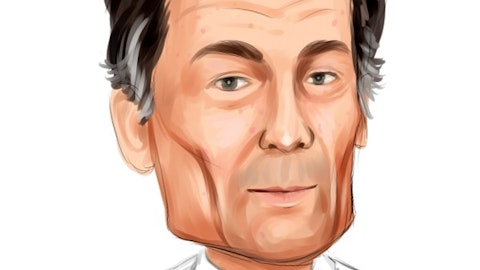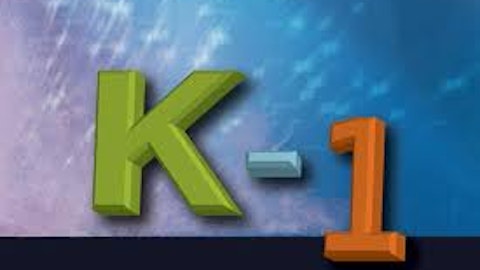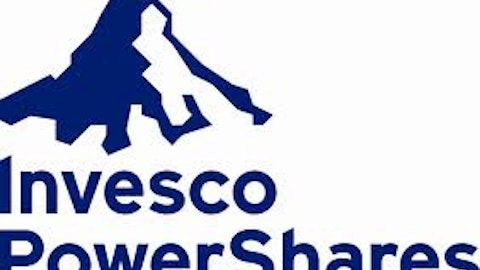

Wheat has also solidified its footing in the financial universe, gaining popularity among niche investors. Since the crop is so widely used in the production of food, investors can use wheat as a hedge against inflation. Prices for the commodity however, are known to exhibit significant volatility, as supply disruptions, fluctuations in consumption, and extreme weather conditions can quickly unravel a position. But perhaps because of their volatility, wheat futures have become one of the most popular contracts offered on the Chicago Board of Exchange. And thanks to the rapidly expanding ETF industry, investors now have access to wheat futures through a single equity ticker.
Under the Hood of WEAT
In September of 2011, Teucrium introduced the first commodity fund to solely dedicate its assets to wheat. Though the fund remains on the small side of the size scale, Teucrium Wheat Fund (NYSEARCA:WEAT) has been embraced by many niche investors and has established its place in the financial world. In terms of liquidity, however, Teucrium Wheat Fund (NYSEARCA:WEAT) has not been able to pick up momentum; its trading volume is currently just over 7,000 shares a day on average. But since the fund is the only one of its kind, it’s worth taking a closer look at this unique offering.
Unlike other single-commodity ETFs, WEAT does not limit its focus to only front-month futures contracts. Instead, the fund employs a unique methodology that is designed to minimize the negative affects of contango. WEAT’s underlying holdings are spread across three separate maturities: the second-to-expire Wheat Futures Contract weighted 35%, the third-to-expire CBOT Wheat Futures Contract weighted 30%, and the CBOT Wheat Futures Contract expiring in the December following the expiration month of the third-to-expire contract weighted 35%. This strategy allows the fund to mitigate the effects of contango and backwardation, meaning that Teucrium Wheat Fund (NYSEARCA:WEAT) is more likely to deliver returns that correspond more closely to the movements of spot prices of wheat. WEAT’s unique methodology does come with a relatively high price tag however, charging investors an expense of 100 basis points [see also 50 Ways To Invest In Agriculture].
Vital Stats
Below are the quick stats (10/30/2012) to help investors get a better feel for this unique ETF.
- Issuer: Teucrium
- Expense Ratio: 1.00%
- Inception: 09/19/2010
- Total Assets: $3.0 M
- Average Daily Volume: 7,200
Who Should Use WEAT
Just because this fund is publicly available to anyone with a trading account, does not mean that it is intended for everyone. Instead, WEAT should only be used by those who have a firm understanding offutures trading and the agricultural world. Since this ETF is a futures-based product, investors should be on the more active side; positions in futures-based products can quickly turn sour and should be monitored frequently.
It is also important for investors to be up to date with the latest developing trends and headlines in the industry, since anything from severe weather reports to supply disruptions can force prices into volatile swings. Although wheat is grown in nearly every continent, holders of Teucrium Wheat Fund (NYSEARCA:WEAT) should also focus on news from the commodity’s top producers: China, India, the United States, Russia, and several countries from the EU. For those of you who meet the aforementioned requirements, WEAT will be a great way to take advantage of the market and its unique strategy will allow you to play the commodity in a way that would be relatively expensive and difficult to implement on your own.
This article was originally written by Daniela Pylypczak, and posted on CommodityHQ.




